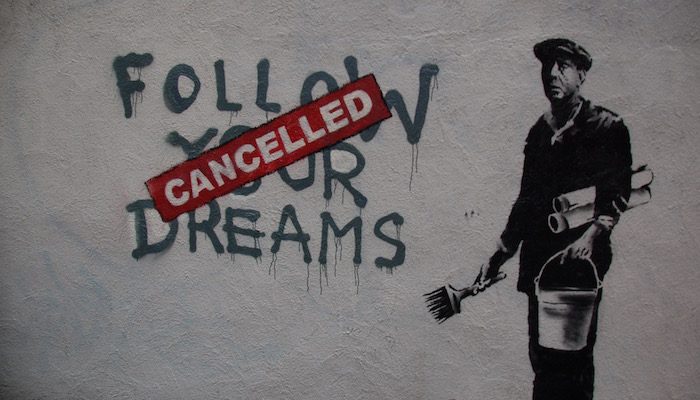
Art and Politics Now
By Anthony Downey
Thames & Hudson, 2014
Anthony Downey’s Art and Politics Now is an immediately visually attractive book from the shelf. Its richly illustrated content provides a survey of contemporary art practices which address ‘the political’ and the real world as a frontier in the expanding sphere of contemporary art. The book is structured in 11 themed chapters. In a similar format to an art exhibition, each has a thought provoking quote as a mini prologue followed by an essay that curates artwork under each theme created by an extensive list of contemporary artists. The essays introduce the political context, the artistic creation and the real world reception and effect of those works.
The chapters in the book, when taken as a whole, give an impressionist overview of the political context of the artistic practices in a highly approachable format to people who have limited artistic or political knowledge. They are not meant to be read as essays about politics, but as background story to the artists’ practices and the art created. For example, in the chapter Globalisation, the essay has given about 100 words to explain the general picture of globalisation perceived by the art world. ‘The tensions produced by globalisation are manifold and resist cursory analysis, but they can be readily identified in the unequal distribution of wealth and risk…key to this is the role of trade and its dramatic effect on working conditions.’
These introductions read as general perceptions rather than balanced analysis of globalisation. And often art in media such as film/public action/installation is represented by still shots in a succinct manner. This limitation means that much of the artwork discussed in the essays is represented in a catalogued form with very brief descriptions.
The extent of engagement of artists in politics varies from conceptualisation and representation of political issues to direct political activism. Activism as an artistic practice forms its own chapter. It presents activism as a distinctive artistic practice that starts to break down the conventional borders of ‘doing art’ and starts to engage in politics in a proactive manner. Going beyond raising awareness, artists staged protests, organised community-based art projects, staged ‘hacktivism’ and so on. It is an interesting chapter to read as it illustrates the idea that artists can ‘give shape to political values and engage communities in a common realm of visual experience’, but without an exact political position.
For example, the Gramsci Monument by Thomas Hirschhorn is a physical and online space is composed of a series of temporary structures and website, giving Forest Houses residents in Bronx, New York a political forum that offers workshops, lectures and open-microphone events. Similar projects take in place in areas marked by social and economic inequality. However, Hirschhorn observed that his projects are not about helping communities as such; rather, they are about showing the power of art to make people think about issues they otherwise wouldn’t have thought about.
Unlike most academic publications in politics, the book is visually contemporary and stylishly designed. One should note its headings and captions in the book are set in a typeface deliberately ‘disruptive’ to optical character recognition software, a subtle and subversive design relating to the subject matter of knowledge and information. It is, one suspects, a defiant gesture to the gathering of information by governmental bodies and monopoly of knowledge by private internet corporates.
It reads well as a catalogue of artist and art works, but less so as text material. The texts are often interrupted by artistic changes in font styles and illustrations. And, to cover large amount of artwork under a very broad theme in a catalogue form means the book does sacrifice a degree of depth.
Art is part of the wider cultural practice. But it is often overlooked because of its limited audience compared to more popular cultural media forms. This book is not only a timely overview of the art world’s involvement in politics, but it also a good contemporary reference for academics who are interested in artistic practice in politics and its potential to engage, and even redefine, political discourse.